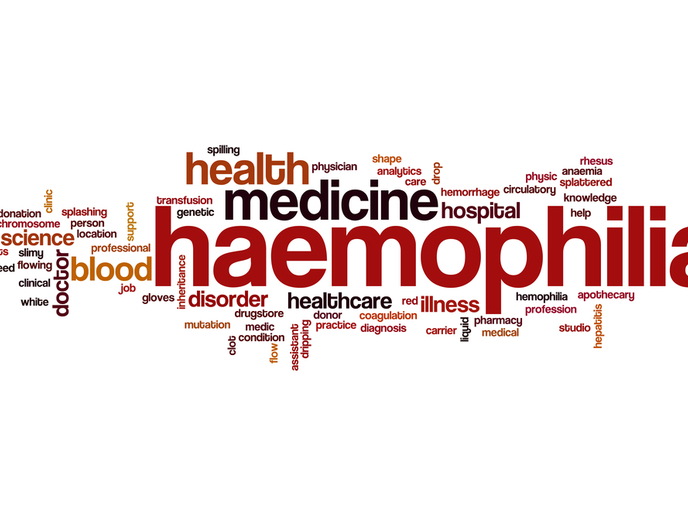MoMAAV: Towards gene therapy for all?
Gene therapy is a tremendous source of hope for patients – almost independently of their condition. Swap faulty genetic material with genes delivered to human cells by carriers (vectors) such as viruses, and you could potentially make a blind patient see, allow a child with muscular dystrophy to walk again, or even cure cancer. So how exactly do we explain that, 20 years after evidence of efficacy was provided, gene therapy is only starting to meet its early promise of causing a landslide in the healthcare sector? The answer partly lies in one concept: immunogenicity, the ability of a substance foreign to our body to provoke an immune response. “Some of the most exciting results coming from clinical studies of gene transfer have been realised thanks to adeno-associated virus (AAV) vectors,” says Federico Mingozzi, one of Europe’s most prominent experts in gene therapy. “One problem is that we humans are natural hosts of wild-type AAV – the virus from which the gene therapy vectors are derived. Some of us carry antibodies against these viral vectors and are therefore not eligible for gene therapy. There is a second problem, too: the vector can be immunogenic, triggering immune responses that will affect the durability of gene therapy.” Mingozzi is currently chief scientific officer at Spark Therapeutics and research director at Inserm. While in his former position as associate professor at Pierre and Marie Curie University, he obtained an ERC grant to carry out his project MoMAAV (Molecular signatures and Modulation of immunity to Adeno-Associated Virus vectors) in 2014. The project’s objectives were threefold: better understanding of what makes these gene-therapy vectors immunogenic; identifying the molecular signatures of immune response; and devising strategies to block these responses. “It is a very difficult task to address the immunogenicity of a virus. You need to understand exactly what makes these vectors immunogenic while keeping in mind that you will never be able to change their nature. The idea is rather to find a way to modify the immune response, so as to allow for long-term efficacy after gene transfer,” Mingozzi explains.
Human-first approach
By combining his expertise with access to samples from clinical trials, Mingozzi successfully reached the project’s objectives with a rather unique approach. Instead of using animal models first, as in most immunology research, the team used human samples. These were collected either from healthy human donors exposed to the wild-type virus or in the context of gene therapy trials. “What we learned by conducting gene therapy with AAV vectors is that animal models in general are not good for predicting AAV immunogenicity. In fact, when we conduct gene therapy in animals, we have no issue with AAV immunogenicity whatsoever,” Mingozzi points out. One of the most important outcomes of the project is a manuscript published in the Journal of Clinical Investigation. In this manuscript, Mingozzi and his peers showcase the signatures of immune response against AAV in human lymphocytes. They also describe a potential therapeutic intervention to reduce vector immunogenicity in gene therapy trials. The project has already contributed to several clinical trials, with its novel technologies for immune monitoring and its contributions to the understanding of immunogenicity in the context of gene therapy trials. One of these trials is supported under CURECN, an H2020 project coordinated by Mingozzi. “The project consists of translational work aiming to bring gene therapy to the clinic for a very rare liver condition called Crigler-Najjar syndrome. MoMAAV’s work was applied to this clinical trial to monitor immune response in gene therapy. Some of the immunomodulatory strategies that we applied under the ERC project are also being used in the ongoing clinical trial,” he highlights. The trial is currently on hold due to the COVID-19 crisis, but Mingozzi hopes to resume the work soon. A success would be game-changing for the sector. It would make AAV-vector-based gene therapy – which has already demonstrated persistent therapeutic efficacy for over 10 years – available to virtually all patients, regardless of their genetic profile and immune responses.
Keywords
MoMAAV, gene therapy, immunogenicity, virus, AAV, adeno-associated virus, COVID-19







